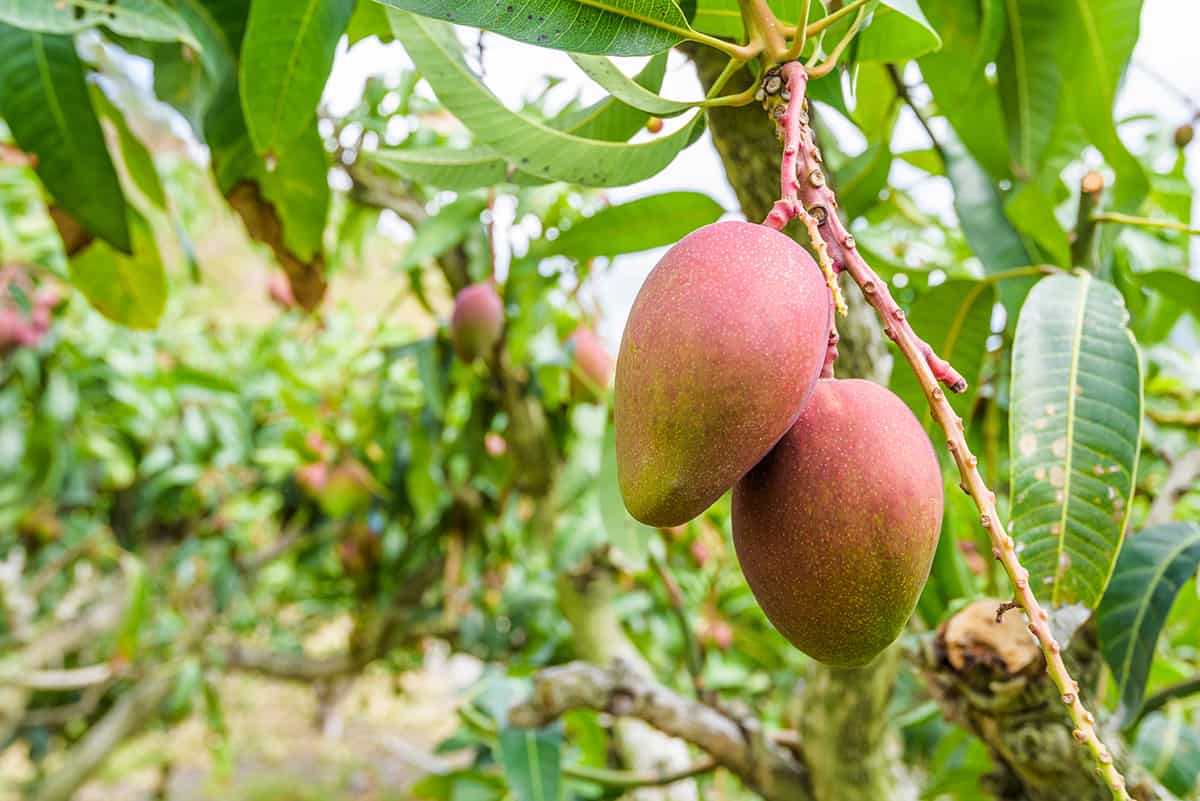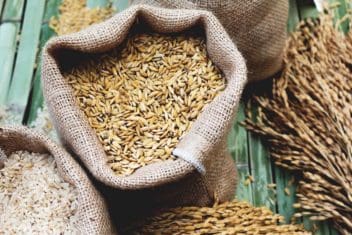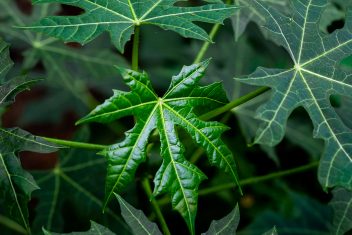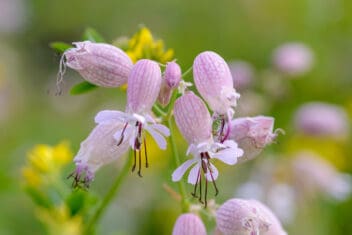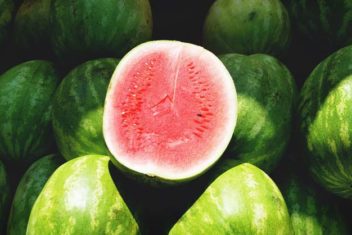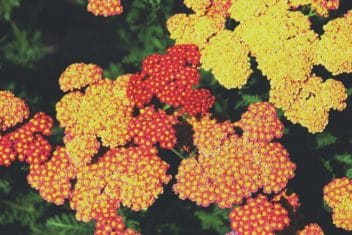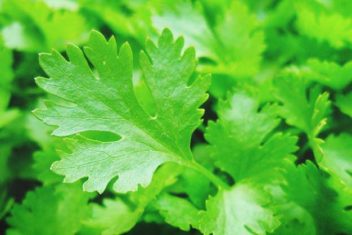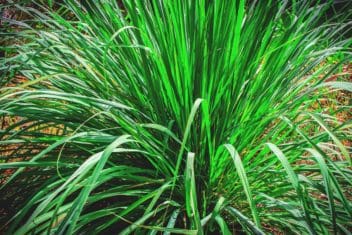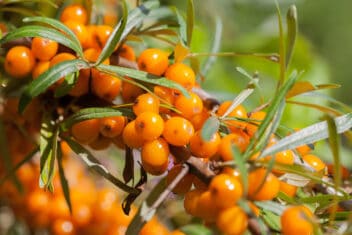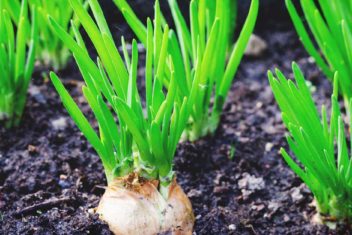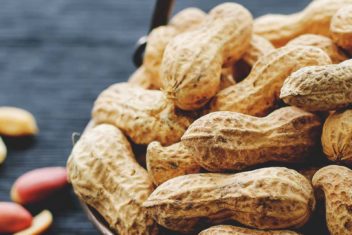Mangoes are the quintessential tropical fruit, with a rich, creamy texture and flavor that everyone loves. By growing mangoes, it’s possible to bring the tropical flavor fresh to your home.
Most gardeners assume that mangoes are another fruit impossible for them to raise, but that’s far from the truth.
Sure, not everyone can grow mangoes. Alaskans, for instance, are out of luck. But if you live in the right climate, growing mangoes is totally possible. Even people with less-than-ideal weather can succeed!
Best Mango Cultivars
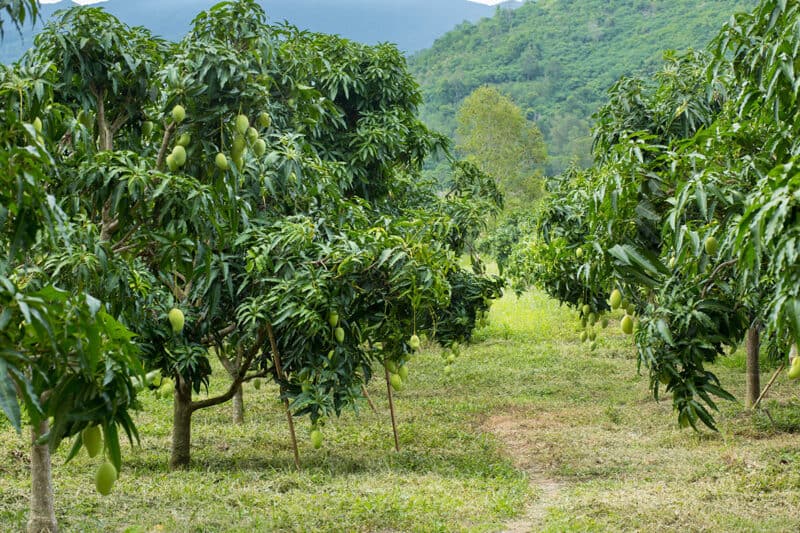
There are dozens of mango cultivars out there, with fruits that range from small and mild in flavor to large and pungent. Here are some of our favorites.
Alphonso
This is a popular variety in India. It has a rich-flavored orange flesh wrapped in a yellowish-green skin. The fruits are large and ripen in June and July.
Bombay
This variety is great because the seed separates from the flesh easily. The fruit has pastel yellow and red skin. It ripens during June and July.
Graham
This plant has fruit with golden skin and soft, nearly fiberless flesh. Originally cultivated in Jamaica, it has become popular in the US, particularly with people who want a smaller variety.
‘Graham’ grows to just ten feet with regular pruning. Ripens from late June to early August.
Haden
‘Haden’ was one of the first cultivars bred and named in Florida. The orange and crimson fruit ripens in June and July.
Unfortunately, it isn’t very disease resistant, and the fruits can become slightly soft around the seed once they reach full ripeness. But they’re vigorous growers with flavorful fruits.
Irwin
‘Irwin’ is a fantastic option thanks to its intensely sweet fruits with a perfumed smell, all wrapped in a deep crimson or garnet skin. The fruits are ready to pluck in June or July
Tommy Atkins
This is one of the most common cultivars in the world. It ripens in June or July, with beautiful red and yellow fruits. It’s also disease resistant, and the fruits store well.
Planting Mango Trees at Home
Mango trees are deep-rooted and evergreen, lasting for years on your property. It takes three years for a mango tree to begin production, and from there, you’ll be drowning in the tasty fruits.
Mango trees grow in USDA Zones 10-11, where the temperatures don’t dip below 40°F.
In regions that get colder, you can grow them in containers indoors during the cool weather, but pick a dwarf variety so that you can move your plant easily.
Find the Ideal Location
Choose a location on your property that receives full sunlight. Mango trees grow best when they have a minimum of 8-12 hours of sunlight for fruit production.
If possible, find a spot that has protection from cold temperatures and wind. Next to a building or near a tall fence is ideal.
Keep standard trees about 25 feet from each other and buildings. Dwarf trees can be planted 10-15 feet apart.
Prepare the Soil for Planting
These trees thrive in most soil types, but the most important requirement is to ensure the soil is well-draining. Mangoes also prefer a soil pH range between 5.5 and 7.5.
Before planting, test your soil. If it’s deficient in any of the major nutrients, amend the soil. Work in well-rotted manure, compost, or rotted leaves to improve soil drainage, if necessary.
For ideal growth, mix compost and peat moss into your soil before planting the trees. That will provide the drainage and nutrients needed for growth.
Growing Mangoes from Seeds
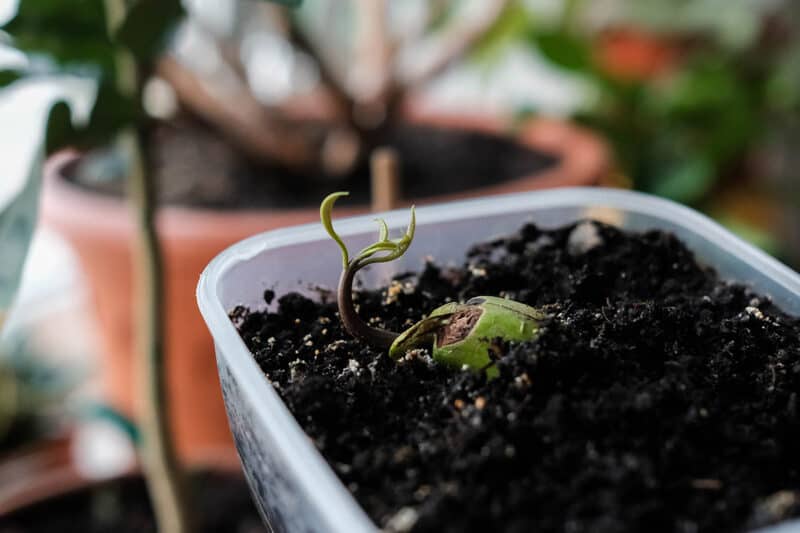
Most people opt to grow mango trees from saplings purchased at the local garden nursery, but you can easily grow these trees from seeds. The downside is that it’ll take about six years for the tree to fruit.
All you need is a fresh mango pit. Take off the hard husk and remove the seed inside. Plant the seed in a seed starting mix in a large pot. There should be about 1/4 inch of the seed above the soil surface for proper germination.
The soil must stay evenly moist and warm; it needs to stay in a place that is at least 70°F. Germination takes 8-14 days on average but up to three weeks is normal, so have patience.
Transplanting Mango Saplings
The best time to plant a mango sapling is in the late winter to early spring when it’s not actively growing. It should be in its dormant phase.
Put a tree stake into the ground before planting. The stake should be two feet deep; young trees need support.
Start by digging a hole in your selected spot that’s twice as wide and deep as the root ball. Loosen the roots gently and place the tree in the hole, filling around the roots with soil. The graft scar should be at the soil surface.
Then, water the soil deeply to help the roots establish themselves. Attach the tree to the stake with tree ties. Then, apply a high-phosphorus liquid starter fertilizer.
Growing Mangoes in Containers
Some gardeners successfully grow mangoes in containers on their patio or porch outside. You can even bring dwarf varieties indoors if the weather gets too cold.
It’s hard, if not impossible, to grow a potted mango tree inside year-round and produce fruit. Indoor gardening doesn’t provide enough light for the tree to grow and thrive.
A greenhouse or sunroom works better.
If you want to try growing mangoes in containers, a dwarf variety is best. Look for a 15-gallon (or larger) container and ensure it has plenty of drainage holes at the bottom.
If grown inside, mango trees need to be misted to create the necessary humidity. Containers cause the soil to dry out faster, so check it more often in between watering.
Caring for Mango Trees
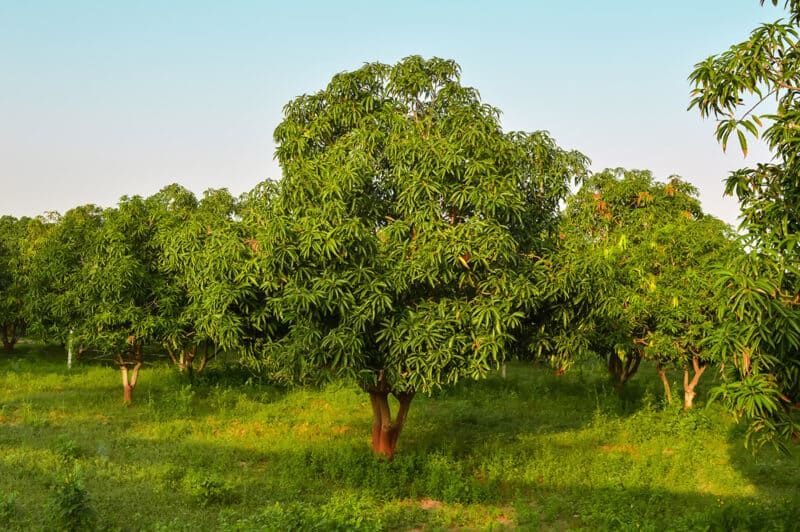
Mango trees require basic care, similar to other fruit trees. Here’s how to care for these fruit trees.
Watering Mango Trees
Mango trees have long taproots, so you have to water deeply to ensure it reaches the roots. These trees don’t like soggy soil or standing water. So, let the top of the soil dry down several inches before watering again.
Stop watering two months before flowering, and resume watering once the fruits begin to produce.
Fertilize When Needed
Mango trees need to be fertilized three times per year with nitrogen fertilizer. Plan to apply one pound of fertilizer per year for optimal growth, dividing the pound into three separate feedings.
Prune Occasionally
Mango trees don’t need to be pruned until they’re four years old. At that point, you need to remove weak stems and create a scaffold of branches. After that, your goal is to prune off any broken or diseased parts of the tree.
Protect Your Trees in Winter
Mango trees won’t grow in a colder climate, so if you live somewhere with temperatures that drop below 40°F, the trees require winter protection. Here are some ideas.
- Use a dark-colored container; black and darker colors absorb more sunlight and keep the heat.
- Cover the pot with bubble wrap to act as insulation as the temperatures drop.
- Move your pot indoors or a greenhouse (preferred).
- Use plant blankets on the trees or create a frame around the tree with clear, plastic sheeting. Electric lights inside of the frame generate extra warmth.
Common Pests & Diseases That Bother Mango Trees
Another important part of growing mangoes is learning how to watch for pests and diseases. Here are some of the most common problems.
White Mango Scale
These insects suck the sap out of the leaves, branches, and fruits, causing defoliation and poor blossoming. They can also cause pink blemishes on the fruit.
An infestation can slow your mango trees’ growth, and a severe one can cause the fruits to fall off prematurely. The best thing to do is to remove the infected parts of the tree and burn them.
You can also use an insecticidal soap designed for scales.
Mango Tree Borer
At first, you might find circular holes in the mango tree’s bark; this is a clear indicator of a mango tree borer. The borers feed on the bark of twigs, potentially killing the branches and collapsing the tree’s main stem.
One method to control mango tree borers is to apply insecticide to the trunk and branches to stop adult borers from laying eggs. Insecticide applied to twigs stops the adults from feeding on the twigs and shoots.
Mango Mealybugs
Mango mealybugs suck the sap from all parts of the mango tree, including shoots and tender, new leaves. This causes fruit to drop off the tree, and severely infected plants wilt and stop laying fruit.
One of the biggest concerns with mealybugs is that they secrete honeydew, which attracts sooty mold. To prevent an infestation, collect leaves, twigs, and other debris surrounding the plants, and flood the area around your tree with water in the fall to kill eggs in the soil.
If the infestation is severe, insecticides are a suitable method of control.
Algal Leaf Spot
If you notice orange, rusty spots developing all over your leaves, you might have algal leaf spot. If you scrape off the orange, grayish discoloration will be underneath. Algal leaf spot is caused by algae, and while it’s ugly, it’s considered harmless and annoying.
It’s best to actively prevent algal leaf spot by pruning your trees and fertilizing to keep them healthy. Keep all weeds and debris away from the base of your trees, and spray badly infested trees with copper-fungicides.
Anthracnose
Mango trees are vulnerable to anthracnose, a fungal disease that can fill your plants. At first, the disease presents itself with small, black lesions that gradually grow in size as more appear.
A serious infection causes your plants to stop producing fruit. It’s best to take proactive measures and plant a resistant variety and properly space your trees for ample air circulation.
If your trees become infected with anthracnose, copper-based fungicides are effective, but you can’t use them if you plan to harvest fruits within the following two weeks.
Powdery Mildew
This fungal disease causes a gray-white powder growth on the leaves, flowers, and fruits of the mango tree. It also leads to curled or distorted shoots and the fruits dropping immaturely from the tree.
Fungicides are an effective measure to control powdery mildew if you apply it at the first signs of the disease.
Harvesting Mangoes

Mangoes ripen three to five months after the tree flowers, so expect the fruits to appear in the winter. It depends on the variety; each one is different.
A mature mango tree produces between 100-200 fruits (or more) per year, depending on the cultivar grown.
The best way to figure out if your fruit is ripe is to take a big sniff. If the fruit has a sweet scent, it’s ripe and ready to pick. If you accidentally harvest an unripe fruit, don’t panic. Stick the fruits in a paper bag to help them ripen over several days.
